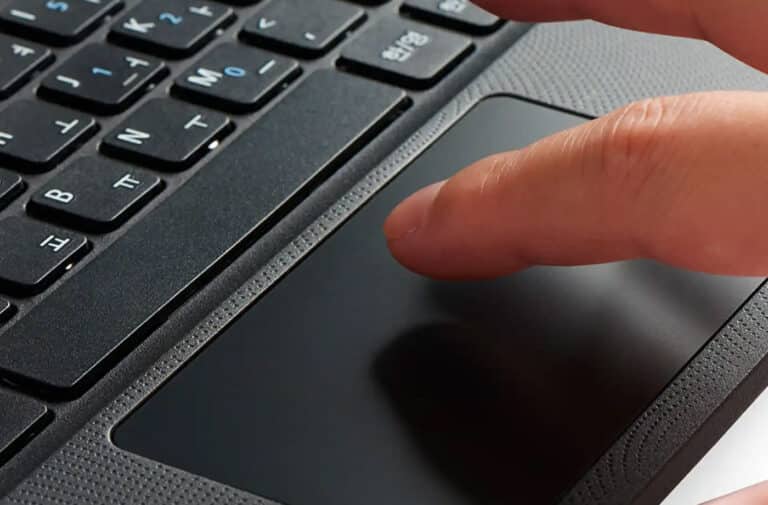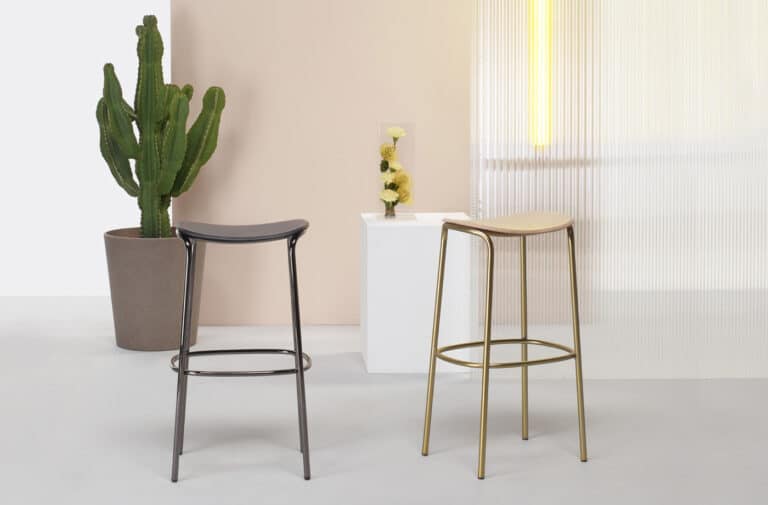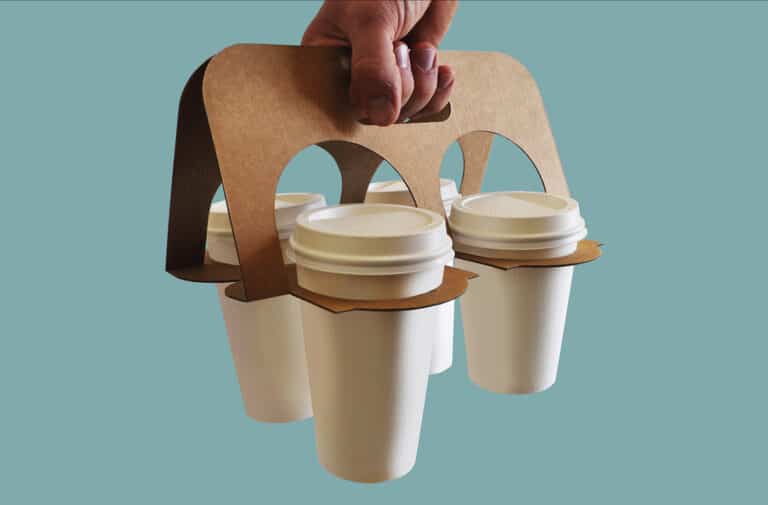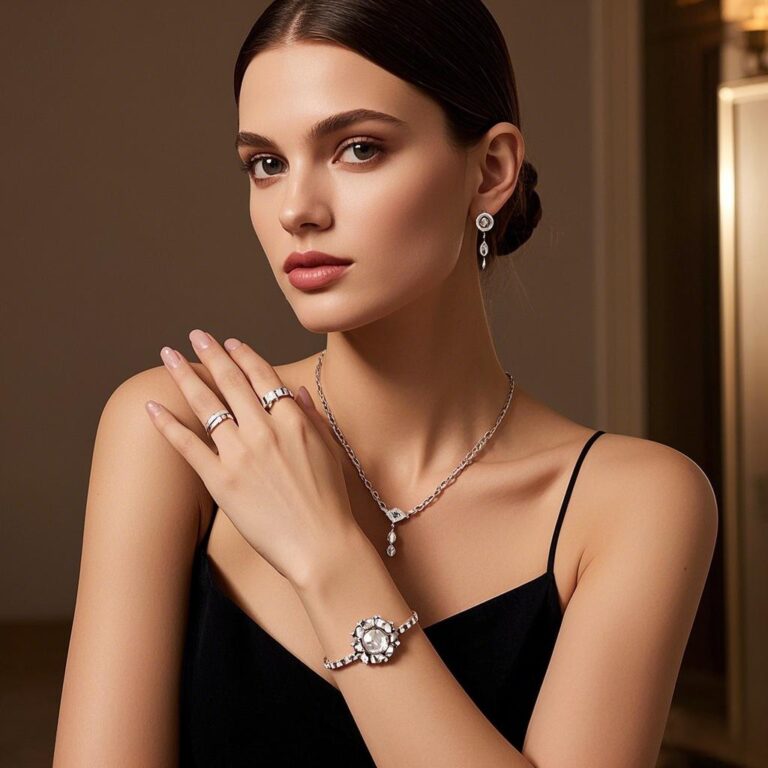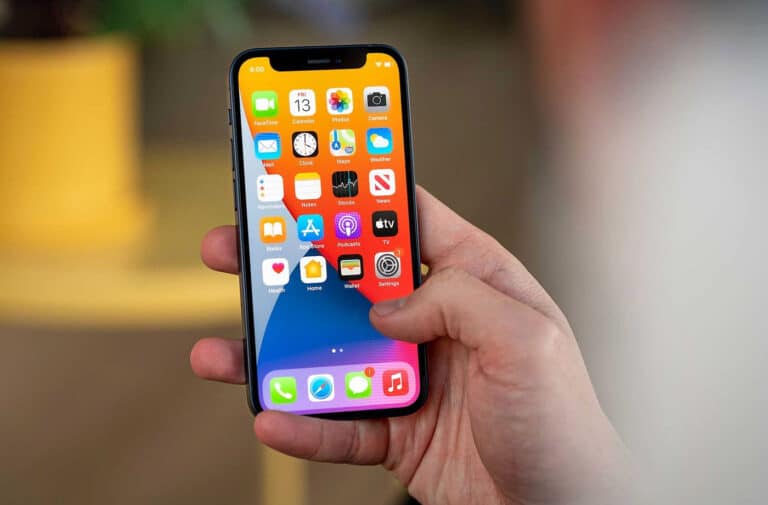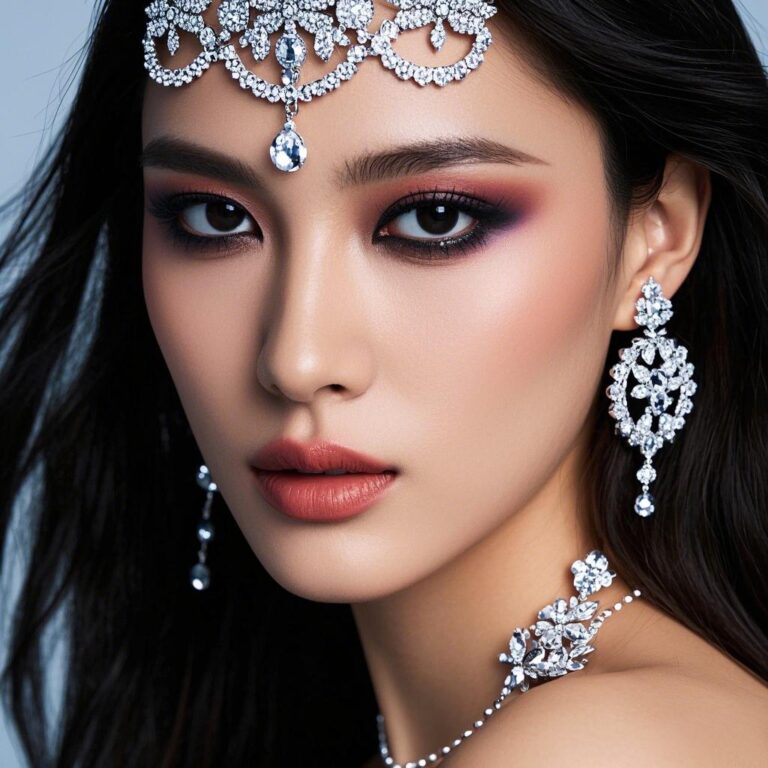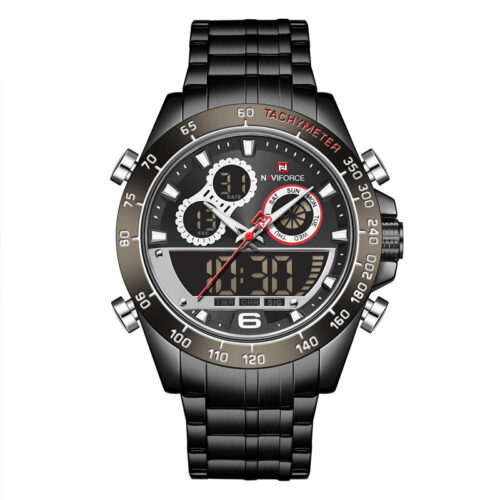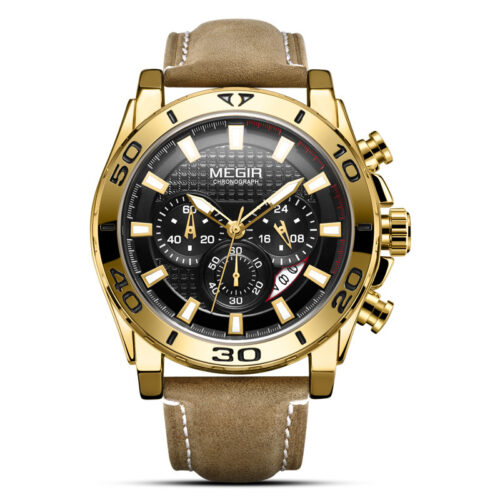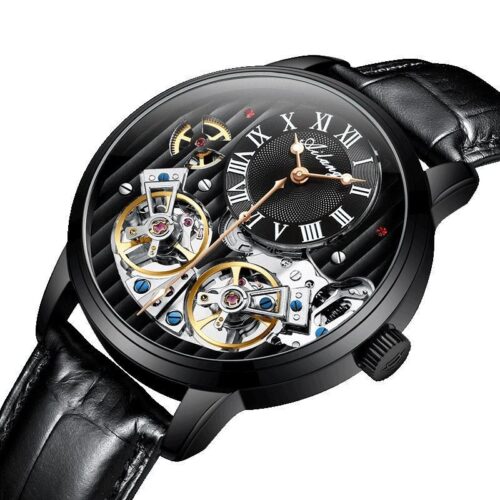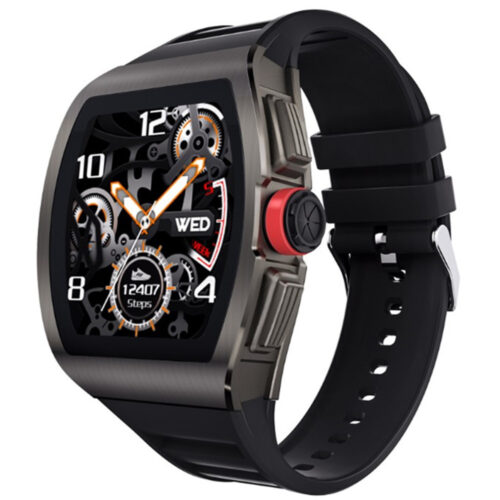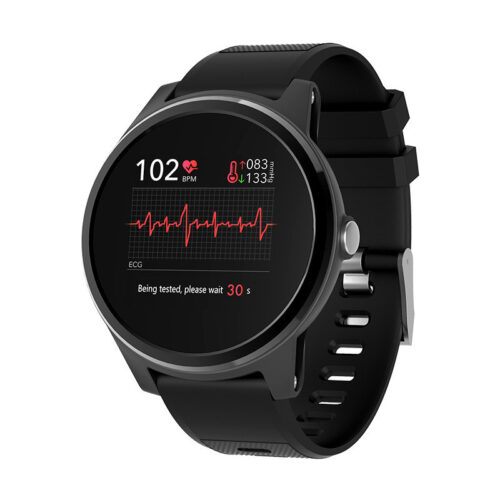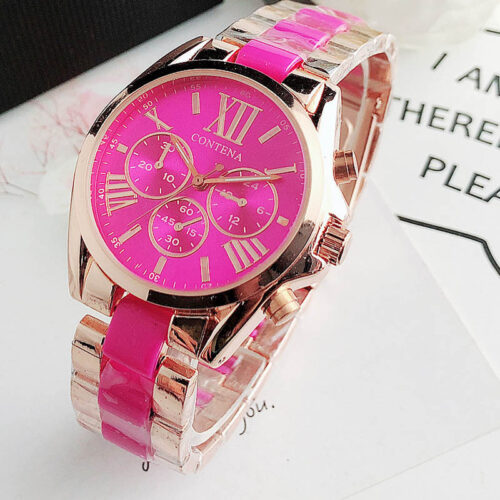 People often wonder if fine jewelry is worth its premium price tag. My decade-long experience in the jewelry industry has taught me that quality pieces deliver value way beyond their original cost.
People often wonder if fine jewelry is worth its premium price tag. My decade-long experience in the jewelry industry has taught me that quality pieces deliver value way beyond their original cost.
The true worth of jewelry goes deeper than just the price tags. My background as a gemologist has shown me how material quality, craftsmanship, and long-term value shape a piece’s real worth. These precious items have stood the test of time and serve as both personal treasures and smart investments.
Let’s dive into why fine jewelry commands its price point. We’ll examine everything from material selection to the finest details of craftsmanship. My insider knowledge will help you choose your next jewelry piece wisely.
Understanding Fine Jewelry Materials
Let me walk you through the amazing world of fine jewelry materials. Each element plays a significant role in a piece’s value and how long it lasts.
Precious Metals: Gold, Platinum, and Silver
I first get into the precious metal composition when looking at fine jewelry. Gold comes in different purity levels. Pure 24K gold is too soft to wear every day [1], so we mix it with other metals to create durable pieces. The perfect balance of purity and strength comes from 18K or 14K gold for most jewelry pieces.
Here’s what you need to know about precious metal purity:
| Metal Type | Purity Level | Common Usage |
|---|---|---|
| Gold | 18K (75% pure) | Premium pieces |
| Platinum | 950 (95% pure) | High-end rings |
| Silver | 925 (92.5% pure) | Sterling jewelry |
Premium Gemstone Quality Indicators
My career has taught me that natural gemstones usually show slight imperfections or inclusions [1]. These tiny “birthmarks” you can see under magnification prove the stone’s natural origin. I review three main aspects of gemstones: hue position, saturation, and tone [2].
The Role of Purity and Certification
Fine jewelry’s authenticity depends on proper certification and hallmarking. My clients learn to look for these important markings:
- 18K or 750 for 18-karat gold
- 14K or 585 for 14-karat gold
- 925 for sterling silver
- PLAT for platinum [1]
Certification from trusted gemological institutes like GIA, IGI, or HRD [1] is essential. These certificates verify key characteristics and make sure you get what you pay for. IGI uses state-of-the-art technologies to determine if gemstones are naturally mined, laboratory grown, or simulant [3].
Genuine pieces have a satisfying weight to them [1]. This substantial feel comes from precious metals’ density, especially platinum, which weighs more than its alternatives [4].
Fine jewelry should show exceptional craftsmanship [1]. The prongs need to be sturdy and line up perfectly with their stones. The finish should stay consistent throughout the piece, showing the quality of materials used to create it.
The Craftsmanship Premium
My twenty years as a master jeweler have shown me how exceptional craftsmanship turns raw precious metals into wearable art. The premium price of fine jewelry reflects the intricate handwork that goes into each piece.
Traditional vs Modern Jewelry Making Techniques
The art of jewelry making has evolved dramatically. Notwithstanding that, traditional techniques remain irreplaceable. To cite an instance, filigree and granulation – delicate metalwork with tiny beads and threads – create intricate patterns that machines cannot replicate [5].
Here’s how traditional and modern methods compare:
| Aspect | Traditional Methods | Modern Techniques |
|---|---|---|
| Design Process | Hand sketching | CAD/3D printing |
| Metal Shaping | Hand forging | Laser cutting |
| Stone Setting | Manual setting | Precision tools |
| Time Investment | Longer crafting time | Faster production |
Master Artisan Skills and Training
Starting a journey to become a master jeweler demands exceptional dedication. Successful artisans must possess everything in these skills:
- Precise hand-eye coordination and finger dexterity [6]
- Three-dimensional visualization abilities
- Deep understanding of metal properties
- Meticulous attention to detail [7]
These skills develop through years of rigorous training. Many traditional jewelry-making techniques are the foundations of knowledge passed down through generations [8].
Custom Design Value
Custom jewelry’s value goes way beyond the reach and influence of materials alone. Our consultations guide clients through a detailed process that has:
- Original design consultation to understand their vision
- Detailed sketches and digital renderings
- Creation of precise wax models
- Final crafting and stone setting [9]
Each custom piece goes through quality checks before completion. Our workshop uses advanced CAD software to ensure precision, and hands-on crafting brings designs to life [9]. This blend of technology and traditional craftsmanship creates pieces that become future heirlooms [10].
Custom fine jewelry’s investment reflects both materials and countless hours of skilled labor. To cite an instance, a single piece needs multiple stages of refinement, from original casting to final polishing, while master artisans oversee each step [9]. This attention to detail will give a lasting quality that defines fine jewelry [11].
Investment Potential of Fine Jewelry
My work as a jewelry market analyst has shown me the amazing growth in fine jewelry investments in the last few years. Let me explain why these precious pieces are becoming such valuable assets.
Historical Price Appreciation
The data paints an exciting picture – fine jewelry’s value has grown by 138% in the last decade [12]. These returns place jewelry among the best-performing alternative assets, with only classic cars, rare coins, and fine wine doing better [12].
The global jewelry market keeps expanding:
| Year | Market Value | Projected Growth |
|---|---|---|
| 2023 | $353.26B | 4.7% CAGR [13] |
| 2024 | $49.8B | 6.7% through 2031 [14] |
Market Demand Factors
Jewelry’s strength as an investment comes from steady global demand. Several key factors accelerate market growth:
- Higher disposable income, especially in emerging economies [14]
- Deep cultural traditions around weddings and celebrations [14]
- Younger generations showing more interest in luxury investments [14]
China and India are powerhouses in this market. Together, they account for more than half of global gold jewelry demand, holding steady at 55-58% market share between 2014-2018 [12].
Resale Value Considerations
My valuation experience shows how certain elements affect resale potential. Branded pieces perform exceptionally well – Cartier sales grew by 11%, while Van Cleef & Arpels saw a remarkable 49% jump, and Tiffany achieved an impressive 55% growth [15].
Proper certification plays a crucial role in value retention. GIA certification often leads to much higher valuations [16]. These key features boost resale potential:
- Carat weight (primary value driver)
- Cut quality (round brilliant cuts maintain highest demand)
- Color grade and rarity
- Brand reputation
Fine jewelry’s investment potential goes beyond its beauty. The global jewelry sector should reach $482 billion by 2030 [17]. This steady growth, combined with lasting demand, makes quality pieces both beautiful adornments and smart investments.
Durability and Longevity
My largest longitudinal study in jewelry durability testing has given me fascinating insights about how different precious metals handle daily wear. Let me share what helps some pieces last for generations while others need replacement sooner.
Wear Resistance of Premium Materials
My lab studies show that platinum performs better than other precious metals in wear resistance tests. Platinum shows two to three times lower volume loss compared to gold alloys [18]. The surprising part is that harder metals don’t always resist wear better.
Here’s how common jewelry metals compare in durability:
| Metal Type | Wear Resistance | Best Uses |
|---|---|---|
| Platinum | Highest | Diamond settings |
| 18K Gold | Moderate | Daily wear pieces |
| Sterling Silver | Lower | Occasional wear |
Maintenance Requirements
The finest jewelry can lose its shine without proper care. After working with thousands of pieces, here are the everything in care practices I recommend:
- Keep jewelry away from chlorine and salt water to prevent damage to metals and gemstone finishes [19]
- Remove pieces before applying sunscreen, lotions, or showering to avoid film buildup [19]
- Store items individually in fabric-lined compartments to prevent scratching [19]
You should schedule professional cleaning at least once a year [19]. Getting pieces checked for maintenance needs right after summer or beach vacations makes sense [19].
Lifetime Value Assessment
My years of evaluating jewelry longevity show that proper care makes a huge difference in a piece’s lifetime value. Fine jewelry made with premium materials naturally holds most important worth and often gains value over time [20].
Durability becomes crucial especially when you have heirloom pieces. Many of my clients invest in high-quality pieces specifically to pass them down to future generations [20]. These pieces typically grow in both sentimental and financial value [20].
Here’s what I recommend to maximize longevity:
- Regular professional inspections to ensure stone security
- Proper storage in quality jewelry boxes
- Immediate attention to any repairs needed
- Documentation of professional maintenance
My research shows that platinum jewelry gives unmatched gem-setting security [18]. This makes it perfect for pieces with precious stones that need to last for decades.
Quality Assurance and Authentication
My career as a certified gemologist in authentication has given me the chance to examine thousands of jewelry pieces. Quality assurance in fine jewelry depends on three significant elements: certification, hallmarking, and verification methods.
Certification Standards
Recognized institutions provide significant documentation to prove a jewelry piece’s authenticity. The Gemological Institute of America (GIA) stands as the industry leader in diamond certification. They offer detailed analysis of characteristics like cut, color, clarity, and carat weight [21]. The International Gemological Institute (IGI) also creates detailed jewelry reports that show mounted gemstones and precious metal content [22].
A proper certification has:
- Metal purity verification
- Gemstone quality assessment
- Detailed documentation with unique identifiers
- Professional laboratory analysis results
Hallmarks and Markings
Hallmarks play a vital role in authenticating fine jewelry. These tiny stamps work like an identity card and reveal significant details about composition and origin. My experience with hallmarks has taught me to look for these key indicators:
| Marking Type | Meaning | Example |
|---|---|---|
| Metal Purity | Gold content | 18K or 750 |
| Maker’s Mark | Manufacturer ID | Designer initials |
| Assay Office | Testing authority | Regional symbols |
| Date Letter | Year of creation | Alphabetical codes |
The National Gold and Silver Stamping Act of 1906 requires all precious metal jewelry to show accurate purity marks [23]. A “750” marking shows 18-karat gold, which means it contains 75% pure gold [24].
Authenticity Verification Methods
My years in authentication work have helped me develop a systematic approach to verify jewelry authenticity. The process starts with a full examination using specialized equipment. Professional jewelers use several testing methods:
- X-ray fluorescence testing for metal composition
- Microscopic examination of gemstones
- UV light testing for fluorescence
- Acid testing for precious metals
Many pieces now come with unique authentication cards that have QR codes [25]. This addresses growing concerns about counterfeit jewelry. These digital certificates add an extra layer of security and verification. Buyers can quickly confirm their purchase’s authenticity through authorized databases.
My advice to clients always emphasizes the need for proper documentation from recognized certification bodies. The authentication process takes two business days [25]. Experts then give a full inspection of metal type, purity, and gemstone quality among other characteristics [25].
Cost Breakdown Analysis
My years of analyzing jewelry pricing structures have taught me a lot about why fine jewelry costs what it does. Let me explain the factors that determine these prices.
Material Costs vs Labor
Raw materials are the foundations of jewelry pricing. Precious metals and gemstones make up 25-35% of a piece’s final cost [26]. The core team of master craftsmen put in countless hours on each piece, which adds much to the cost.
Production methods play a big role in the final price:
| Production Type | Labor Cost Impact | Quality Level |
|---|---|---|
| Hand-crafted | Higher | Premium |
| Semi-automated | Moderate | Mid-range |
| Mass-produced | Lower | Standard |
Retail Markup Explained
My career in jewelry pricing has shown me how retail markups can vary by a lot. The standard jewelry markup ranges from 100% to 300%, based on several factors [27]. These markups pay for:
- Operational costs (rent, utilities, staff)
- Marketing expenses
- Insurance and security
- Inventory management
- Profit margins
Designer brands add another layer of complexity to pricing. To name just one example, luxury brands like Tiffany and Cartier can charge more because of their brand prestige [28]. Pieces with certification from respected authorities also cost more [16].
Price Comparison with Fashion Jewelry
As a pricing consultant, I often explain how fine and fashion jewelry costs differ. Fashion jewelry costs between USD 20 and USD 200, while fine jewelry starts at USD 850. This is a big deal as it means that some pieces cost more than USD 10,000 [29].
These price differences come from basic factors:
- Material Quality: Fashion jewelry uses base metals like copper and brass, often plated with thin layers of precious metals [26]
- Production Methods: Fashion pieces come from mass production, which keeps costs low through automated processes [29]
- Longevity: Fine jewelry lasts for generations, while fashion pieces might show wear within months [26]
The manufacturing location affects the price by a lot. Overseas production cuts costs, but quality control might suffer. Local production costs more but will give a better standard and working conditions [28].
Looking at jewelry costs means understanding the whole supply chain. The gap between fine and fashion jewelry makes more sense when you factor in ethical sourcing, skilled craftsmanship, and quality control [30]. Fine jewelry needs special skills like stone setting and metal forming, which means higher labor costs [30].
Insurance and Protection
My work as a jewelry insurance specialist has taught me a lot about protecting valuable pieces. Let me share some significant insights about safeguarding your precious investments.
Valuation Methods
Accurate jewelry valuation is the foundation of proper insurance coverage. Without doubt, most insurance appraisals now focus on retail replacement value [31]. My experience shows that appraisals from certified professionals should give you:
- Detailed descriptions and photographs
- Current market values assessment
- Documentation of unique features
- Quality and condition evaluation
I tell my clients to update their appraisals every five years [32]. This will give a solid coverage as market values change. The cost of regular appraisals is worth it – they protect against underinsurance and help avoid claim disputes.
Coverage Options
My career has shown that standard homeowners policies don’t offer enough protection for fine jewelry. These policies usually limit jewelry coverage to $1,500-$2,000 [2]. You might want to think over these insurance options:
| Insurance Type | Coverage Level | Best For |
|---|---|---|
| Standard Homeowners | Limited ($1,500-$2,000) | Simple protection |
| Jewelry Rider | Enhanced | Additional coverage |
| Specialized Policy | Detailed | Valuable collections |
Specialized jewelry insurance costs about 1-2% of the item’s value each year [33]. These policies are a great way to get broader protection, including:
- Worldwide coverage during travel
- Protection against accidental loss
- Coverage for mysterious disappearance
- Repair or replacement options
Risk Management
My expertise shows that good risk management goes beyond insurance. You should start by putting these protection strategies in place:
- Store valuable pieces in a secure home safe
- Maintain detailed inventory records
- Schedule regular professional inspections
- Keep documentation in a separate location
Clients with substantial collections should work with insurers who offer specialized services. Many premium providers include free security consultations and risk assessments [34]. It also helps that some insurance companies cover 50% of emergency security measures, up to $100,000 per event [34].
My claims experience shows partial losses happen more often than total losses. To name just one example, losing a stone from a ring is one of the most common claims [2]. Specialized jewelry insurance covers prong retipping, clasp replacement, and stone tightening [33].
Jewelry warranties and service plans work differently than insurance. Warranties cover manufacturing defects, while insurance protects against theft, loss, and damage [35]. Some insurers offer value adjustment services that account for market appreciation, which helps minimize potential losses [33].
Documentation is vital for the best protection. A proper insurance appraisal should cover the appraiser’s services and applicable taxes [31]. Retail jewelers with formal appraisal training can provide insurance replacement appraisals for new merchandise [31].
Smart Buying Strategies
My years of advising clients on jewelry purchases have taught me that the right timing and strategy can make a huge difference in what you get for your money. Let me share what I’ve learned about getting the best value when buying fine jewelry.
Timing Your Purchase
The jewelry retail calendar can save you thousands of dollars. Market patterns show that you’ll find the best deals on fine jewelry between March and early May [3]. Jewelers have finished their holiday season by then and haven’t started their engagement ring season yet.
Here’s how I break down the best buying periods:
| Season | Discount Potential | Best For |
|---|---|---|
| March-May | 30-50% off | All jewelry types |
| Sept-Oct | 25-40% off | Holiday selections |
| January | Up to 50% off | Post-holiday deals |
| Summer | 15-25% off | Gold jewelry |
You should stay away from buying during peak seasons. The time between November and February rarely offers good discounts [3]. Smart timing can lead to big savings.
Negotiation Tips
Experience has shown me that good jewelry negotiations need proper planning and strategy. Here are some approaches that work:
- Shop on weekday mornings (Tuesday through Thursday) to get better service and flexible pricing [36]
- Look at alternative gemstones – white sapphire or moissanite can save you money [3]
- Keep an eye on gold market prices and wait when rates are too high [3]
- Buy multiple pieces together – retailers often give 15-25% discounts on sets [36]
Market dynamics play a big role in successful negotiations. Jewelers tend to be more flexible with pricing near month-end as they try to hit their sales targets [36].
Value-Added Services
Your jewelry investment can be worth more with the right value-added services. Good jewelers now offer detailed service packages that go far beyond the sale itself.
Look for these key services:
- Professional cleaning and maintenance programs
- Certification and authentication services
- Custom design consultations
- Insurance valuation assistance
- Education on proper care techniques
These services are a great way to get more value over time. Regular professional maintenance helps your pieces last longer [37]. Jewelers also give you specific tips on cleaning and care to keep your jewelry beautiful [37].
The jeweler’s full service package matters a lot. Some take photos for insurance records [37], while others teach you about jewelry care and maintenance. These extra benefits add real value to what you buy.
Building a relationship with your jeweler before big purchases works best. You’ll get better deals and inside information about upcoming sales [36]. The core team at established jewelers can access quality materials and skilled craftsmen who create detailed designs at lower costs [1].
Online shopping with good retailers comes with benefits like detailed product information and virtual consultations. These features help bridge the gap between in-store and online shopping [1]. Online stores often have lower costs, which can mean better prices for you [1].
Ask about after-purchase services. Premium jewelers often include lifetime cleaning, free inspections, and repair services. These extras protect your investment and give you ongoing support for your precious pieces.
Conclusion
My experience in the jewelry industry shows how pieces maintain their beauty and value generation after generation. Smart buyers don’t see fine jewelry as an expense. They view it as a lasting investment supported by precious materials, expert craftsmanship, and steady market demand.
The key to successful fine jewelry ownership lies in understanding what creates true value. Of course, premium materials and skilled artistry come at higher prices. These factors ensure pieces keep their worth and bring joy for decades to come.
Smart jewelry purchases depend on proper certification, insurance, and good timing. Fine jewelry means more than beautiful adornments. These pieces become family heirlooms that blend artistic excellence with lasting value, which makes them worth every penny invested.
References
[1] – https://preciousjewels.be/blog/how-to-pick-quality-fine-jewelry-on-a-budget/
[2] – https://www.jewelers.org/buying-jewelry/jewelry-repair-and-care/jewelry-insurance
[3] – https://www.rd.com/article/best-time-to-buy-fine-jewelry/
[4] – https://www.brightonsavoy.com.au/how-can-you-tell-if-the-jewelry-is-good-quality/
[5] – https://adorno.design/editorial/the-evolution-of-jewelry-making-as-wearable-art-and-personal-expression/
[6] – https://beajeweler.com/i-want-to-be-a-jeweler/5-do-i-have-what-it-takes-to-beajeweler
[7] – https://www.doranojewelry.com/jewelers-need-these-essential-skills-to-master-the-craft
[8] – https://www.lunarmothjewellery.com/blogs/news/the-evolution-of-jewelry-making-from-traditional-to-modern-techniques
[9] – https://rickterryjewelry.com/2023/09/22/why-custom-jewelry-is-worth-the-investment/
[10] – https://beyondtworings.com/blogs/the-value-of-custom-jewelry/why-custom-jewelry-is-worth-the-investment-exploring-the-benefits-of-custom-pieces?srsltid=AfmBOook21OAC6x2ePNsscLrlQZW6tYIjU9SaadmMQQ07PtOP0WwjpG-
[11] – https://www.albertsjewelers.com/fine-jewelry
[12] – https://www.visualcapitalist.com/a-brief-history-of-jewelry-through-the-ages/
[13] – https://www.grandviewresearch.com/industry-analysis/jewelry-market
[14] – https://www.verifiedmarketresearch.com/product/fine-jewelry-market/
[15] – https://robbreport.com/style/jewelry/realreal-resale-report-2024-fine-jewelry-1235822772/
[16] – https://www.diamondbanc.com/insider-news/6-factors-that-impact-the-value-of-your-diamond-jewelry/
[17] – https://www.matterofform.com/news/articles/jewelry-industry-trends
[18] – https://www.diamondsandjewelryunlimited.com/blog/2021/May/11/multi-year-wear-resistance-study-proves-platinums/
[19] – https://www.jewelers.org/buying-jewelry/jewelry-repair-and-care/jewelry-care
[20] – https://www.mddiamondsandjewellers.co.uk/blog/the-lucrative-world-of-jewelry-why-investing-in-fine-jewelry-is-a-smart-financial-move
[21] – https://www.diamonds.pro/education/diamond-certification/
[22] – https://www.igi.org/about/importance-of-certification/
[23] – https://www.invaluable.com/blog/guide-to-jewelry-marks/?srsltid=AfmBOopF_Ca4k5P1CT33SxPdYBGof77d2m0wiq0-MSTJKQLe9amts-HY
[24] – https://www.jewelersmutual.com/the-jewelry-box/gold-markings-and-stamps-jewelry
[25] – https://pages.ebay.com/authenticity-guarantee-jewelry-seller/
[26] – https://www.qevon.com/blogs/q-lifestyle/fashion-jewelry-vs-fine-jewelry-what-s-the-difference?srsltid=AfmBOooY8yCUDsQzjOH6g0kNXOphvkAM3KiwxZR0F42DXZRb7wJbaB0a
[27] – https://www.diamondandgoldwarehouse.com/blog/ten-10-things-jewelry-stores-wont-tell-you/?srsltid=AfmBOoofKm3sUxgBBcDvNE2ADLqLQcBtInrO7a_DWG9hRSgg2bYX0-PE
[28] – https://www.clairelajeunesse.com/post/understanding-fine-jewelry-pricing
[29] – https://doylestowngoldexchange.com/blog/fashion-jewelry-vs-fine-jewelry-which-is-right-for-you/
[30] – https://www.shiels.com.au/a/blog/understanding-jewelry-pricing-factors-that-affect-cost-guidance
[31] – https://www.jewelers.org/buying-jewelry/jewelry-repair-and-care/appraisals
[32] – https://thescoutguide.com/phoenix/editorial/an-experts-guide-to-insuring-fine-jewelry/
[33] – https://www.jewelersmutual.com/
[34] – https://www.jewelersmutual.com/jm-risk-services
[35] – https://www.nerdwallet.com/article/insurance/jewelry-insurance
[36] – https://www.nobbier.com/blogs/editorial/how-to-save-money-when-buying-fine-jewelry/?srsltid=AfmBOopDYRHMCLlpeLssfPeCCyM0432QyjnqGz6FK8hg8Oj3Fp59_NTu
[37] – https://www.thekingswoodcompany.com/value-added-services/
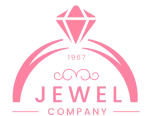

 People often wonder if fine jewelry is worth its premium price tag. My decade-long experience in the jewelry industry has taught me that quality pieces deliver value way beyond their original cost.
People often wonder if fine jewelry is worth its premium price tag. My decade-long experience in the jewelry industry has taught me that quality pieces deliver value way beyond their original cost.